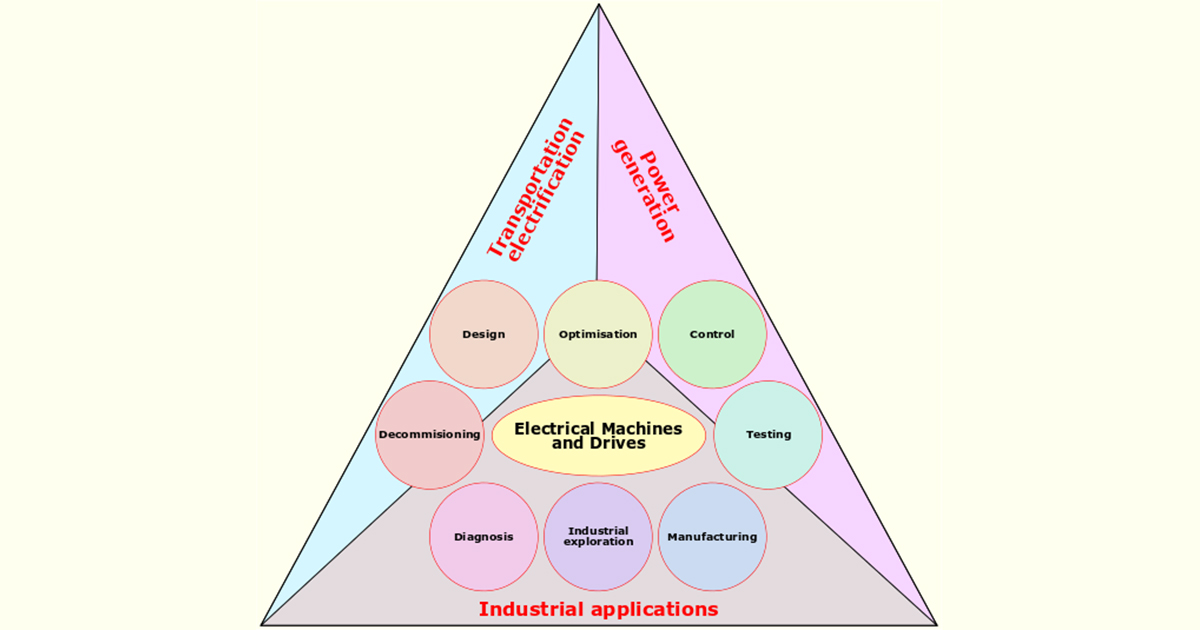Advanced Electrical Machines and Drives Technologies
Topic Information
Dear Colleagues,
Electrical machines and drives are among the most important components used in wide application range, as industry, transportation, power systems, etc. Also, nowadays, their development is a real challenge, as it is concentrating on efficiency improvements together with material and manufacturing cost reductions. The literature of such devices is huge covering a lot of working principles and topologies. Worldwide a great number of specialists are involved in these fields, who are seeking both for the latest technical advancements and for publishing possibilities reaching a great audience.
This topic intends to collect papers in the fields of electrical machines and drives which are focusing on the design, optimization, modelling, experimental testing, and fabrication, as well on their application fields. Multidisciplinary approaches are welcomed.
Prof. Dr. Lorand Szabo
Prof. Dr. Feng Chai
Topic Editors
Keywords
- bearingless electrical machines
- brushless d.c. motors
- claw-pole generator
- double salient permanent magnet machines
- electrical machines vibrations and noises
- fault tolerant electrical machines
- flux reversal machines
- flux switching machines
- hybrid excitation machines
- hybrid steppers
- induction machines
- integration with drive circuits
- iron core segmentation
- iron losses reduction
- linear motors
- magnetic flux path optimization
- magnetic gearing
- memory motors
- modular construction
- permanent magnet assisted variable reluctance machines
- permanent magnet synchronous machines
- soft magnetic composites
- switched reluctance machines
- thermal optimization
- transverse flux machines
- vernier machines
- winding losses reduction
- multiphase, high-speed, high-power, low-cost motors and drives
- high-performance AC motors and servo drives
- advanced control algorithms for AC motor drives
- fault diagnosis and fault tolerance in AC motors and drives
- position/speed sensorless drives
- wide bandgap semiconductor device-based motor drives
